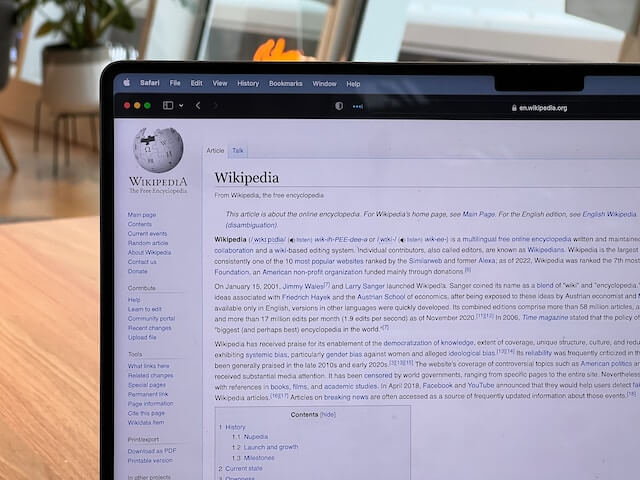
When many SMEs build a website, they usually hire a web design company or a freelancer to complete the website within a few weeks. However, it is important to note that the web design company is only responsible for designing the website, the actual content and direction of the website still needs to be done by the company itself.
SMBs should appoint a senior executive to take charge of the website build, who will manage the entire project operation and have decision-making power over the website design and program.
Just like any other project, the goal of the website development effort should be clear from the start. Is it to increase online sales by a certain amount? Or does the sales team want to display a detailed description of the company's products and services? Or is it simply to build a simple company website?

When to stop adding new features or adopting new ideas suggested by the CEO? This is not a simple question. As with most other projects, before adding any new features, it is important to remember that each new feature represents more expense. Therefore when building a website, you should have to stop adding new features at the right time.
However, the current economic downturn has left many SMEs with limited budgets and insufficient funds for website design and development. Although there are many load-balanced and professional servers on the market, and there are content delivery networks (such as Akamai, etc.), these are out of reach for SMBs.
In recent years, cloud computing has been a hot topic, and now we will also look at how to use free cloud resources to help SMEs save money to build their own websites.

Use free image hosting services
Recently in a high-tech enthusiast forum found a good way to use Picasa web album: a blogger visited a large exhibition and brought back a bunch of brochures, which he scanned into JPG format pictures. If he put all the pictures on his website, it would definitely take up a lot of bandwidth and resources, so he uploaded all the JPG pictures to Picasa web album, so that he could let his readers see the pictures without wasting any resources by just clicking on the relevant links.
Using Google Analytics tools for analysis
Although using server-based tools to track traffic has its advantages, but this is very anachronistic. Google Analytic can not only show you detailed tracking statistics in the form of perfect graphical charts, but also does not take up too much computer resources.

Use Youtube video
In the past, the video content hosted outside the company domain is very unprofessional practice, as time goes by, now more and more well-known blogs and even corporate websites began to upload video to Youtube, and then embed it into the blog or corporate website. George Ou pointed out in the IM session, through Youtube embedded video, may attract the attention of users to Youtube, if you think this is not quite right, there are many other free video providers to choose from.
Using Feedburner's RSS and newsletters
More and more Internet users are using RSS (syndicated content) to get Internet news, and a simple and effective way to take advantage of RSS functionality is to use FeedBurner to add RSS to your site. authentication, and send newsletters to your subscriber base (configurable). In fact, many well-known websites use FeedBurner to send newsletters to hundreds of thousands of users.

Use Wikipedia to get relevant information
The last way to use the cloud is to use Wikipedia to provide information that your website simply does not have, such as knowledge related to your core product or service, which can be beneficial in enhancing customer understanding. Another benefit is that providing relevant knowledge also signifies that your business is specialized in a particular field, which will certainly enhance your company's credibility.





